Lighting is one of the most critical factors in successful indoor cannabis cultivation, especially in Australia where seasonal daylight variations can challenge year-round growing. In 2025, growers have a range of advanced options, from high-efficiency LEDs to traditional HID and fluorescent setups, each offering unique benefits depending on space, budget, and production goals. The right light not only fuels plant growth but also influences cannabinoid production, terpene profiles, and overall yield quality. For Australian cultivators, understanding how different systems work and how to apply them effectively is essential, especially with stricter regulations on energy use in certain states. This guide outlines the key lighting technologies available, their advantages, and how to structure light cycles for vegetative and flowering stages to get the best results from your indoor grow.
LED Lighting for Australian Cannabis Grows
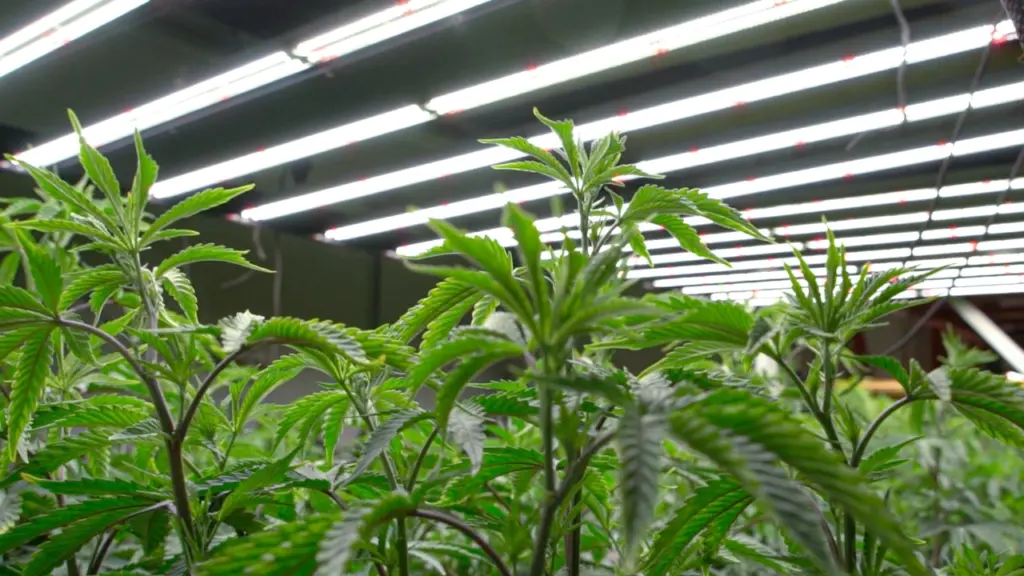
Light-emitting diode (LED) systems have rapidly become the leading choice for many Australian cannabis growers in 2025 due to their efficiency, spectrum control, and reduced heat output. Modern LED fixtures offer full-spectrum light that closely replicates natural sunlight, with tunable wavelengths to optimize plant development at each stage. For example, a higher proportion of blue light encourages strong vegetative growth, while more red light supports heavy, resin-rich flowers. While quality LED systems require higher upfront investment, they consume significantly less power than HID lights, which is a major advantage in states with high electricity costs. LEDs also generate less heat, reducing the need for expensive cooling systems in warm regions like Queensland or Western Australia. Their long lifespan—often exceeding 50,000 hours—makes them ideal for both home growers and commercial operations seeking reliability and consistent output over multiple grow cycles.
HID Lighting for High-Yield Production
High-intensity discharge (HID) lighting, including metal halide (MH) and high-pressure sodium (HPS) bulbs, remains popular among Australian cultivators aiming for maximum yields. MH lights provide a cooler, blue-heavy spectrum ideal for vegetative growth, while HPS lights emit a warm, red-dominant spectrum that promotes dense, aromatic buds during flowering. HID systems deliver strong light penetration, which is essential for reaching lower canopy levels in larger grow rooms. However, they produce considerable heat, requiring robust ventilation and climate control—something to factor in during the hot Australian summer. Bulbs also degrade over time, so growers must replace them regularly to maintain optimal output. Despite the higher operational costs and environmental controls needed, many large-scale operations still prefer HID lighting for its proven yield performance and familiarity among experienced growers.
Fluorescent Lighting for Seedlings and Clones
Fluorescent lighting, such as T5 fixtures and compact fluorescent lamps (CFLs), continues to play an important role in Australian cannabis cultivation, particularly for young plants. These lights produce a gentle, low-intensity output that is perfect for seedlings, clones, and early vegetative stages where delicate growth can be damaged by overly intense light. Fluorescents are also budget-friendly, easy to set up, and generate minimal heat, making them a good choice for small indoor spaces or hobby growers who don’t require full-cycle lighting. While they are not powerful enough to produce high yields during flowering, many growers integrate fluorescent lights as supplemental side lighting to fill in shadowed areas of the canopy when using LEDs or HID systems. In cooler southern regions of Australia, fluorescent systems can also serve as a low-cost propagation tool during the winter months.
Light Cycles for Vegetative and Flowering Growth
In addition to choosing the right lighting technology, Australian growers must manage light cycles carefully to maximize plant performance. During the vegetative stage, cannabis plants typically require 18 to 20 hours of light per day to encourage rapid leaf and stem development. In the flowering stage, the light cycle is reduced to 12 hours of light and 12 hours of darkness to trigger bud formation. Consistency in timing is critical—any disruption can cause stress or trigger unwanted changes such as hermaphroditism. Many growers in Australia use programmable timers to maintain precise schedules and minimize human error. Spectrum adjustments are also common, with growers providing more blue light in vegetative growth and shifting toward red and far-red wavelengths during flowering to enhance resin production and bud density.
Choosing the Best System for Your Grow Space
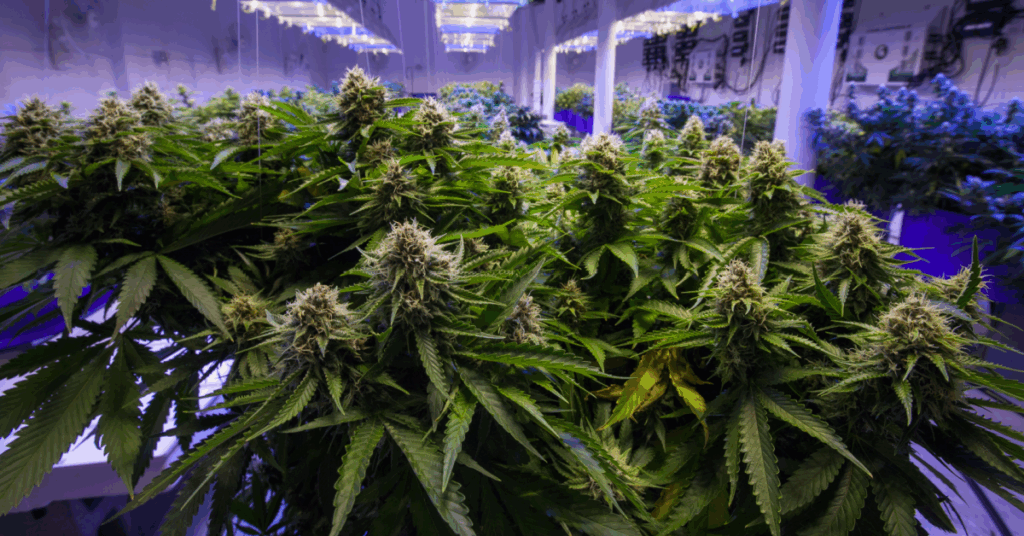
When selecting a cannabis lighting setup in Australia, growers should consider the size of the space, local climate, energy costs, and cultivation goals. LEDs are best suited for energy-conscious growers who want spectrum control and lower cooling requirements, while HID systems remain ideal for those prioritizing maximum yield potential and light penetration. Fluorescent lighting is perfect for propagation or as an inexpensive entry point for new growers. In hot regions, energy efficiency and heat management become critical, making LEDs more attractive, while in cooler climates, HID lights can help maintain warmth in the grow room. Regardless of the system chosen, proper installation, ventilation, and cycle management are essential to achieving healthy plants and high-quality harvests in 2025.
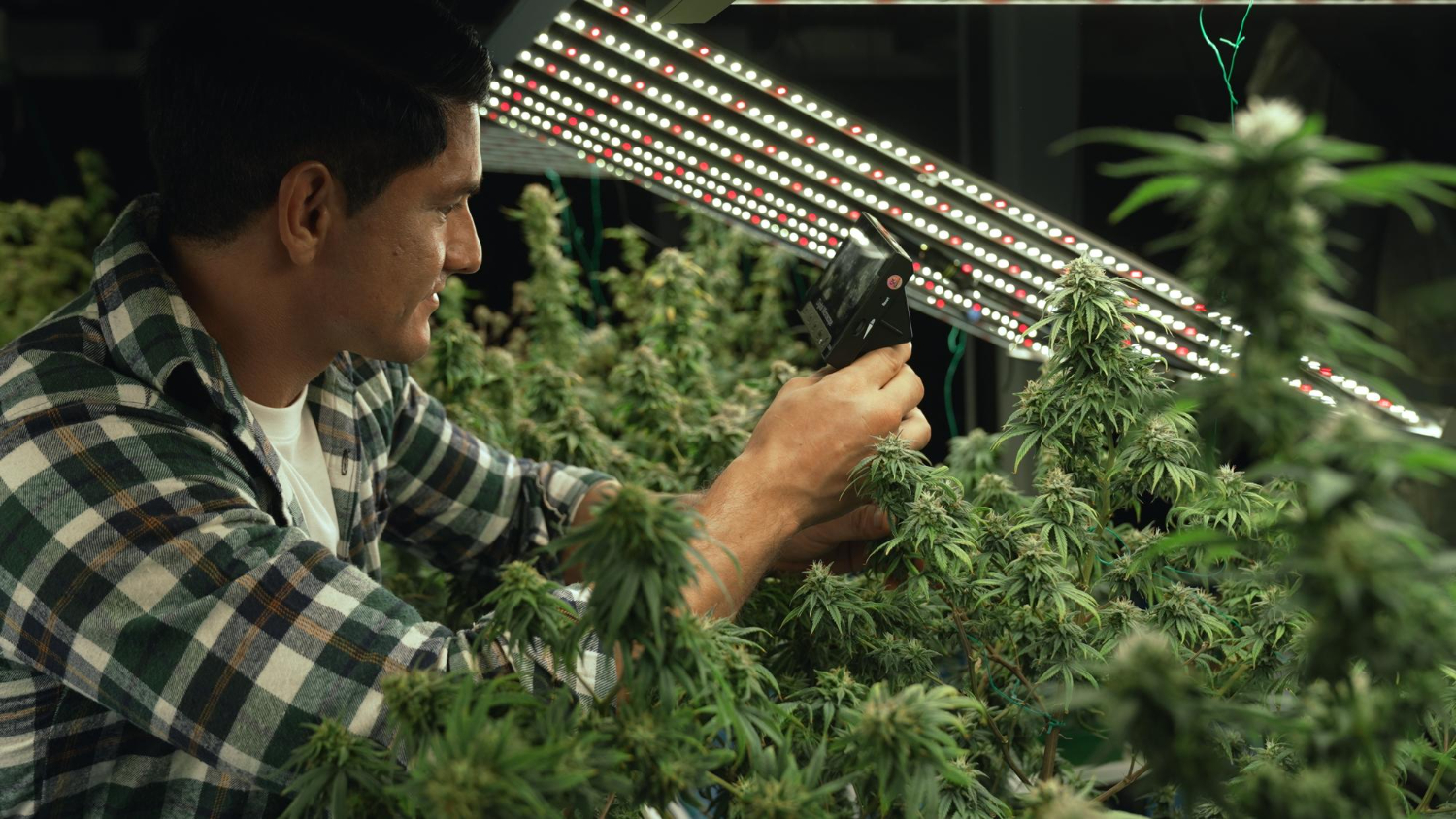

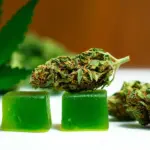

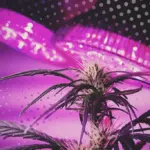

Leave a Reply